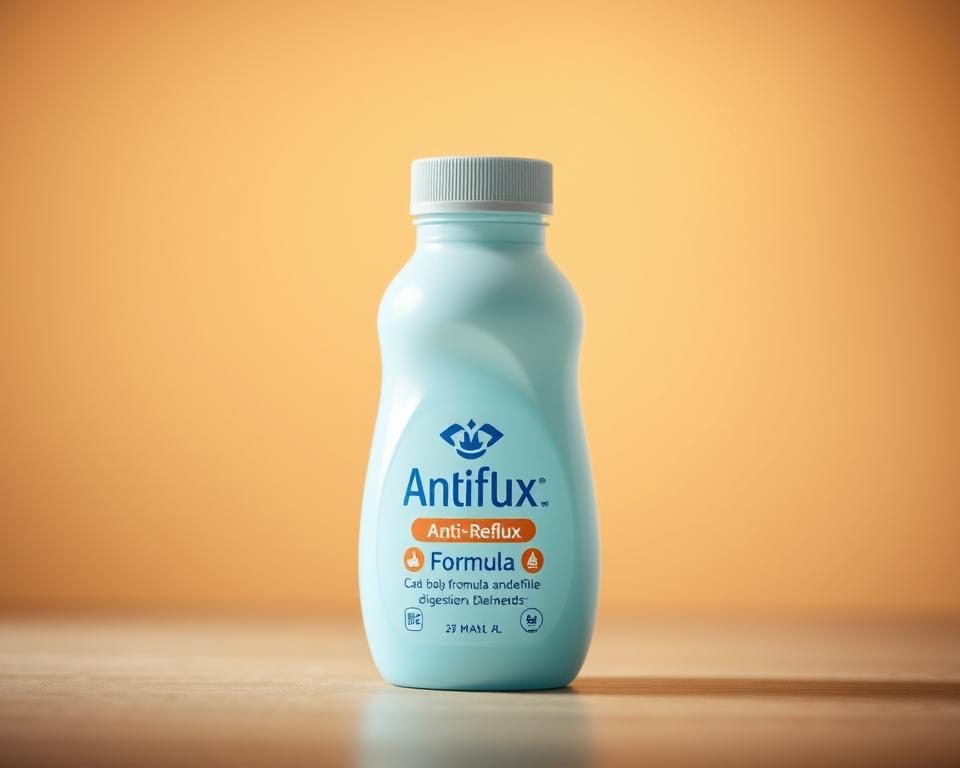Grease Trap Pumping: Keep Your Kitchen Clean & Secure
A typical restaurant can generate up to 2,000 gallons of grease waste annually. This accumulation of fats, oils, and grease in commercial kitchens endangers pipe systems and the environment. Such a figure highlights the crucial role of grease trap pumping in keeping a sanitary, secure kitchen environment.
Regular grease pumping service is essential for both operational effectiveness and environmental compliance. By working with seasoned commercial plumbing services, such as All In Sanitation Services, you can dodge significant fines and environmental harm. This ensures your establishment stays in optimal condition.
Comprehending Grease Traps and Their Importance
Oil traps are crucial in commercial kitchens, handling the large amounts of fats, oils, and FOG generated during food preparation. These units stop damaging substances from getting into public sewer systems, protecting wastewater treatment processes.
What are Grease Traps?
Designed to trap and isolate fats, oils, and grease from wastewater, grease traps are essential in restaurants and food establishments. They guarantee that unwanted materials do not clog drains or contaminate public sewage systems. The setup typically involves a tank that temporarily holds wastewater, allowing FOG to float and accumulate while heavier solids sink to the bottom.
How Grease Traps Work
The operation of grease traps relies on gravity separation. When wastewater enters the trap, grease floats to the top due to its lower density, while heavier particles sink at the bottom. This process minimizes the amount of FOG entering drainage systems, facilitating effective fats oils and FOG disposal.
Critical Role in Kitchen Hygiene
Regular cleansing of grease interceptors is vital for kitchen hygiene. An clogged or clogged grease trap can cause unpleasant odors and draw pests. Effective grease trap pumping and maintenance ensure a sanitary environment, avoiding sanitation issues that could endanger food safety.
Why Regular Grease Trap Emptying is Essential
Routine grease trap pumping is crucial for a secure and effective kitchen environment. It is vital in preventing drain clogs, ensuring environmental compliance, and lowering odors and pest infestations.
Prevention of Drain Clogs
Routine emptying of grease traps avoids drain clogs. Fats, oils, and grease can accumulate and clog the drains, disrupting kitchen operations. By upkeeping grease traps, businesses can prevent expensive repairs and guarantee uninterrupted operations.
Compliance with Environmental Laws
Many cities have stringent rules about how to dispose of grease. Businesses must adhere to these laws to safeguard the municipal wastewater system. Routine pumping of grease traps helps businesses remain compliant, preventing fines and legal issues. It shows a commitment to responsible business practices.
Reduction of Odors and Pest Infestations
A clean grease trap minimizes bad odors from decaying organic matter, making the kitchen more enjoyable. It also reduces the risk of pests like rodents and insects. Routine emptying of grease traps improves food service sanitation and hygiene.
Grease Trap Emptying: The Process Detailed
The grease trap pumping process is essential for a sanitary kitchen environment. It ensures waste, especially fats, oils, and FOG, is managed efficiently. This minimizes harm to pipe systems.
The Significance of Proper Cleansing Procedures
Following correct cleansing procedures is vital for grease trap efficiency. These methods guarantee complete cleansing, avoiding future clogs and odors. All In Sanitation Services emphasizes the importance of methodical cleansing, focusing on grease and debris removal. This ensures the grease trap operating well and meets local laws on fats oils and grease disposal.
Steps Included in Grease Trap Pumping
The grease trap emptying process includes several essential steps:
- Initial Evaluation: Assess the size and condition of the grease trap.
- Emptying: Completely eliminate the contents, including liquid and solid waste, to ensure a clean start.
- Cleansing: Use specific equipment to clean the trap, breaking down any solidified grease buildup.
- Residual Waste Removal: Use a shop vacuum to eliminate any remaining waste.
- Inspection: After pumping, conduct a thorough check to ensure the trap’s components are intact.
By following these steps, the risk of overflow is reduced. It also extends the life of the grease trap and septic tanks, enhancing kitchen effectiveness.
Bringing It All Together
Grease trap upkeep and regular pumping are vital for commercial kitchens to operate well. Neglecting these steps can cause major issues, including non-compliance with regulations, health risks, and unanticipated interruptions. Taking care of grease traps is essential for kitchen safety and the success of diners.
Partnering with experts like All In Sanitation Services can enhance grease trap maintenance. This partnership assists businesses comply with environmental standards and creates a secure kitchen environment for staff. Such measures extend the life of kitchen equipment and improve food hygiene.
Regular grease trap pumping ensures a efficient kitchen operation and prevents fines. Adopting these practices results in a more sanitary, healthier, and more efficient kitchen environment for all engaged in food cooking.



